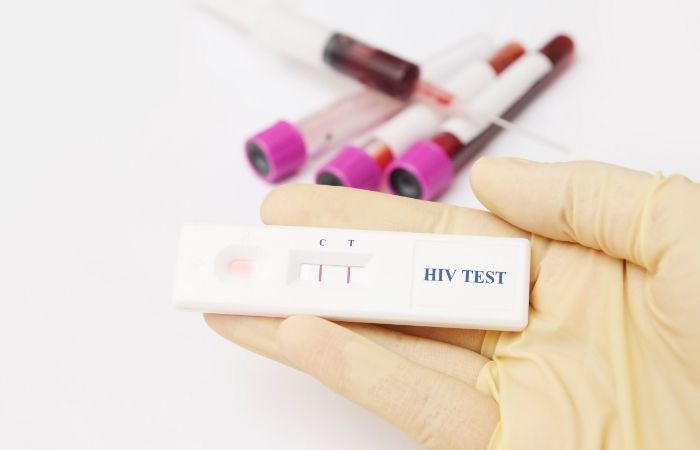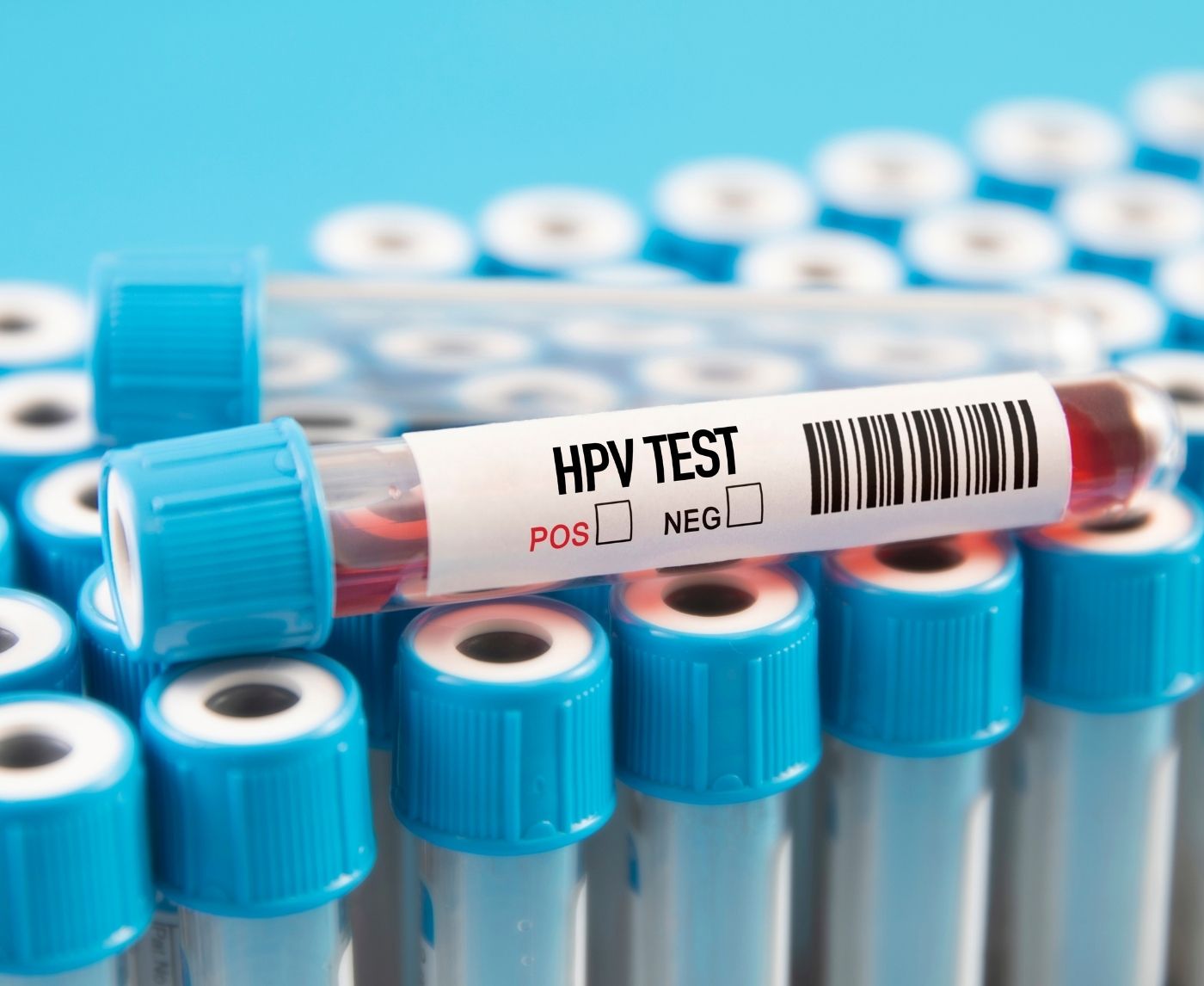When Is the Right Time to Get Tested for HPV?
Quick Answer: Sex workers tend to have fewer untreated STDs than the general public because they get tested more often, always use protection, and follow strict personal rules. What is the real risk? It's not in statistics; it's in assumptions.
Why This Topic Still Gets Twisted
The belief that sex workers carry and spread more STDs has deep historical roots in fear, morality policing, and misinformation. From 19th-century public health laws targeting women suspected of prostitution to 1980s HIV panic narratives, sex work has long been blamed for broader sexual health issues. But blaming doesn't equal truth.
Studies now consistently show that many sex workers test far more regularly than the average adult. A 2019 meta-analysis found that sex workers in regulated or harm-reduction environments had higher testing rates, earlier detection, and lower community transmission levels compared to general populations with less testing access. The real issue isn’t sex work itself, it’s how society responds to it.
And that response? Often cruel. Criminalization, shame, and lack of healthcare access create the perfect storm, not the job itself, but the stigma surrounding it.

People are also reading: No Clinic, No Problem: Colorado’s Guide to At-Home STD Testing
The Data: How Often Sex Workers Get Tested
In many countries, particularly where sex work is decriminalized or health outreach is well-funded, workers are tested regularly, sometimes every 7 to 14 days. In the U.S., despite legal gray zones, outreach programs and self-regulation within sex worker communities lead to frequent, proactive testing behavior.
A 2021 report from the Centers for Disease Control and Prevention (CDC) noted that among high-testing populations, including some groups of sex workers, the prevalence of untreated infections like chlamydia or gonorrhea was significantly lower than among young adults who rarely test.
Figure 1. STD testing frequency and untreated infection rates across different groups. Sources: CDC, WHO, peer-reviewed studies.
“I’ve Caught STDs From Clients Who Said They Were Clean”
Sammy, 33, works independently as an escort in a major city. She’s been in the industry for over a decade and gets tested twice a month, every month.
“People think we’re dirty,” she says. “But most of us are strict about testing and condoms. The truth is, I’ve caught things from clients who claimed to be safe, married men, even doctors. One guy gave me gonorrhea and had no idea he even had it.”
Her story isn’t rare. Sex workers often encounter clients who are less educated about symptoms, don’t get tested, and assume “clean” means safe. But unlike many of their clients, workers like Sammy detect infections early and act quickly. That’s harm reduction in action.
Why Clients, Not Workers, May Pose the Bigger Risk
This flips the narrative: it’s often the clients who are under-tested and over-confident. While many sex workers operate within a community of shared knowledge and accountability, the same can’t be said for the general population. Studies show that most people, especially heterosexual men, don’t test unless they have obvious symptoms, and even then, many delay it.
A 2023 report in the journal The Lancet highlighted that in regions where sex work was legalized or decriminalized, overall community STD transmission dropped, in part due to consistent client education and testing programs tied to sex work health access.
It’s not the frequency of sex that determines risk, it’s the frequency of testing, the use of protection, and the honesty about symptoms. Sex workers, by nature of their work, often excel in all three areas.
The Stigma That Clouds the Science
Let’s be honest, much of the conversation around sex work and STDs isn’t driven by data. It’s driven by stigma. The idea that sex workers are vectors of disease has been baked into public health policy, media portrayals, and even some clinical practices. But when we filter out the judgment and just look at the facts, the picture gets clearer, and kinder.
For example, one large-scale study published in the journal Sexually Transmitted Infections found that in cities with active harm-reduction programs for sex workers, including regular mobile testing, peer educators, and condom distribution, the rates of untreated syphilis and HIV in sex worker populations dropped dramatically over a three-year period. Meanwhile, in cities with criminalized, underground sex work, rates climbed due to lack of access to healthcare.
What’s most dangerous about the stigma is that it discourages testing, for everyone. If people fear being judged or profiled, they’re less likely to seek care. Sex workers know this firsthand. Many report being denied testing, misgendered in clinics, or treated like vectors instead of patients. Some even avoid care altogether unless they can find peer-led or LGBTQIA+ affirming spaces.
How Criminalization Increases STD Risk
You can’t talk about STD risk in sex work without talking about the law. Where sex work is criminalized, carrying condoms can be used as evidence of prostitution. This leads some workers to ditch condoms altogether to avoid arrest. That’s not just unethical, it’s epidemiologically disastrous.
A Human Rights Watch report detailed cases where police officers confiscated condoms or threatened workers with arrest for having too many. That’s not a public health strategy, that’s a health crisis.
Compare this to New Zealand, where sex work is decriminalized and workers are protected by labor laws. According to government health data, regular testing rates among sex workers in New Zealand are among the highest in the world, and rates of HIV transmission within that population remain near zero.
Decriminalization doesn’t just protect human rights, it protects public health.

People are also reading: Can You Still Have Sex If You Have Chlamydia?
Prevention Methods Sex Workers Use (That Most People Don’t)
Another key difference? Protocol. Many sex workers have their own checklist before seeing a client. Condoms for oral, vaginal, and anal sex. Gloves for manual play. Clean surfaces. No services if a client refuses protection. Some even use dental dams and personal sterilization routines after every encounter.
In contrast, casual sex among the general public, especially younger, straight adults, is often spontaneous and unprotected. One study published in the Journal of Adolescent Health found that less than 30% of heterosexual college-aged men used condoms during their most recent sexual encounter. That number is drastically higher among sex workers, especially those operating within professional or organized networks.
Here's how the two compare:
Figure 2. Prevention behaviors among professional sex workers vs the general population. Sources: CDC, Journal of Adolescent Health, WHO data.
Want Testing On Your Own Terms?
If you’re someone who values control over your health, or just wants peace of mind, at-home STD testing is a smart, stigma-free option. Whether you’re in a relationship, on the apps, or in the industry, testing doesn’t need to be complicated.
Try our Combo STD Home Test Kit, it checks for multiple common infections in one go, ships discreetly, and delivers results in minutes.
Your body, your call, your results, without the side-eye at the clinic.
Why Testing Isn’t Just About You
One of the most powerful things sex workers understand is that testing isn’t just about personal health, it’s community protection. When you test regularly, you’re breaking the chain of silent transmission. You’re protecting your partners, your clients, and your future self.
This perspective often gets lost in mainstream sexual health conversations. While many people only test after a scare, an unusual bump, a missed period, a risky night, sex workers incorporate testing as a standard, routine part of their job. Not because they’re reckless, but because they’re responsible.
That’s the message public health should be sending: not shame, but structure. Testing isn’t a confession. It’s care.
But What About the Numbers? Here’s What Studies Actually Show
Let’s anchor the conversation in some real numbers. In a cross-national study published in Global Health Research and Policy, researchers found that:
- Sex workers in decriminalized settings had HIV rates five times lower than those in criminalized zones.
- Consistent condom use was above 90% for vaginal sex among professional workers.
- Testing frequency among full-service sex workers ranged from biweekly to monthly in most supportive health systems.
Compare that to the CDC’s national data showing that only 12% of sexually active adults aged 18–29 reported STD testing in the past year. Even among high-risk groups like MSM (men who have sex with men), regular testing drops dramatically outside urban centers.
The takeaway? The numbers don’t confirm the stereotype, they crush it.
Why This Myth Still Hurts
So why does this myth keep going? Because it helps power structures that make money from shame and exclusion. By framing sex workers as health threats, society can dehumanize them, control their bodies, and ignore the real causes of disease: clinics that don't get enough money, a lack of education, and inconsistent access to testing.
It also gives individuals a false sense of security. “I’m not a sex worker, so I must be safe,” is a dangerous mindset. STD risk doesn’t care about job titles. It cares about behavior, and the behaviors that prevent STDs (like consistent testing, using protection, and honest communication) are often more common in sex work than outside it.
When we cling to this myth, we harm more than sex workers, we harm everyone who learns to avoid testing out of fear or shame.
Let’s Talk About Trust
If you’re reading this because you’re unsure whether to trust a partner who does sex work, or because you do sex work yourself and feel judged, here’s the truth: trust doesn’t come from what someone does for a living. It comes from what they do with their health, their honesty, and their boundaries.
Ask your partners when they last tested. Share your own timeline. Make testing a shared experience, not a source of suspicion. That’s the real path to sexual wellness, not job-based judgment, but open communication and consistent action.
And if you’re not ready for that conversation just yet? No judgment. You can start by testing yourself, at home, on your own terms. Knowledge is power, and peace.

People are also reading: That UTI Might Be Chlamydia, Here’s How to Know for Sure
FAQs
1. Do sex workers actually have more STDs?
Not across the board, no. In fact, many test more often, use protection more consistently, and catch infections earlier than the general population. It’s not about the job, it’s about the habits. A college student with no condom and no test in 2 years? Statistically, they may be at higher risk than a full-time escort who tests every 2 weeks.
2. How often do sex workers get tested?
It depends on the region and access, but some test every week or two, especially if they’re full-service providers. That’s way more often than most people. If you’ve only been tested once in the last year… they’re likely beating you on frequency.
3. Why do people assume sex workers are “dirtier” or riskier?
Stigma. Old laws, moral panic, and a long history of blaming women (and queer folks) for disease. It’s easier to point fingers than to unpack your own testing habits or hookup culture. But the data? It doesn’t back up the finger-pointing.
4. Can a client give an STD to a sex worker?
Absolutely. And it happens often. Many clients don’t test, lie about symptoms, or insist they’re “clean”, but that doesn’t mean anything without recent results. Some workers get infected by clients who didn’t even know they were carriers.
5. Is it safer to have sex with a sex worker or a Tinder date?
Honestly? It depends on the behavior, not the label. A professional who uses condoms every time and tests monthly may be a safer bet than a random app date who says, “I’m good,” and never checks. Job title doesn’t equal health status.
6. Do sex workers get access to healthcare?
Sometimes, but not always. In places where sex work is criminalized, it’s harder. Some clinics judge, deny care, or even report them. That’s why peer-led and harm-reduction programs matter so much. Testing access should never depend on respectability.
7. What if I had sex with a sex worker, should I get tested?
Yes. But also: you should get tested no matter who you sleep with. That’s basic sexual wellness. Use the encounter as a reminder, not a shame trigger. And if you used protection and feel fine, great, still worth checking for peace of mind.
8. Can I get an STD from someone who looks totally healthy?
Yep. That’s the thing about STDs, many are silent. Chlamydia, gonorrhea, and even early HIV often come with zero symptoms. You can’t spot an infection by looking, and you can’t assume status based on vibes.
9. Are at-home STD test kits reliable?
They are. Just make sure you test at the right time (after the window period) and follow the instructions carefully. No test is perfect, but at-home kits give you power without the clinic shame.
10. What’s the best way to bring up testing with a partner?
Be direct, not dramatic. “Hey, I test regularly and feel better when we’re both checked. Wanna do it together?” Make it normal. Make it mutual. Bonus points if you test side by side and turn it into a trust-building move, not a confrontation.
When You’re Ready to Know, We’re Ready to Help
Whether you’re sexually active, dating someone who is, or just want clarity, getting tested is a form of self-respect. And if the idea of walking into a clinic makes you anxious, or you’ve been mistreated in the past, there’s another way.
STD Test Kits offers discreet, accurate at-home testing for chlamydia, gonorrhea, syphilis, HIV, and more. No judgment. No awkward waiting rooms. Just you, your results, and a plan.
You deserve answers, not assumptions.
How We Sourced This Article: We combined clinical guidelines from the CDC and WHO with peer-reviewed data, harm-reduction outreach statistics, and lived experiences from current and former sex workers. Around fifteen sources were consulted; below, we highlight six of the most credible and reader-friendly. All links have been verified to open in a new tab.
Sources
1. Sex Workers & STI/HIV Burden – WHO (~30× higher HIV risk; ~10.8 % active syphilis prevalence)
3. Higher STI Rates in FSWs vs General Clinic Population – BMJ
4. HIV/STI Testing Uptake is ~58% Among Women Sex Workers in Vancouver – PMC
5. 58% of Women Sex Workers Recently Tested for HIV/STIs – CATIE News
6. STI Rates & Testing Behavior Among Sex Workers in the Netherlands – BMC Public Health
About the Author
Dr. F. David, MD is a board-certified infectious disease specialist focused on STI prevention, diagnosis, and treatment. He blends clinical precision with a no-nonsense, sex-positive approach and is committed to expanding access for readers in both urban and off-grid settings.
Reviewed by: Sammy Greene, MPH | Last medically reviewed: September 2025
This article is for informational purposes and does not replace medical advice.







